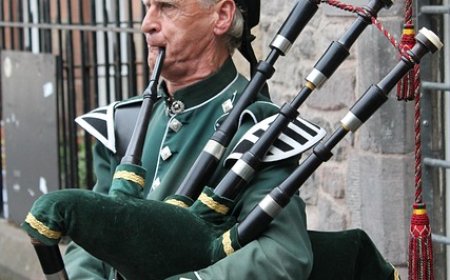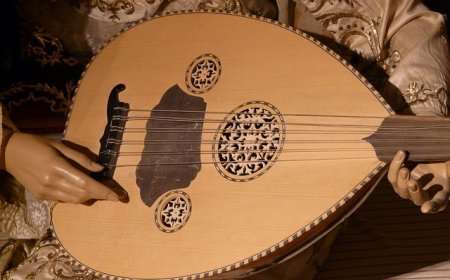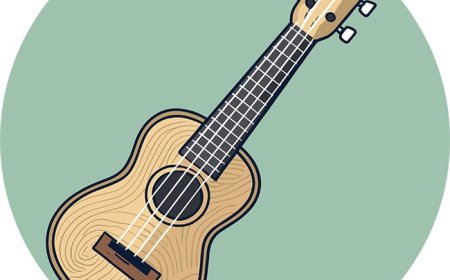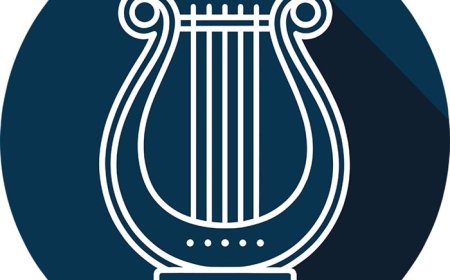Snare Drum Facts for Students | Learn How the Snare Drum Works & Its History
Explore the snare drum’s parts, how it works, its history, famous players, and fun facts. A complete student-friendly guide to this key percussion instrument.
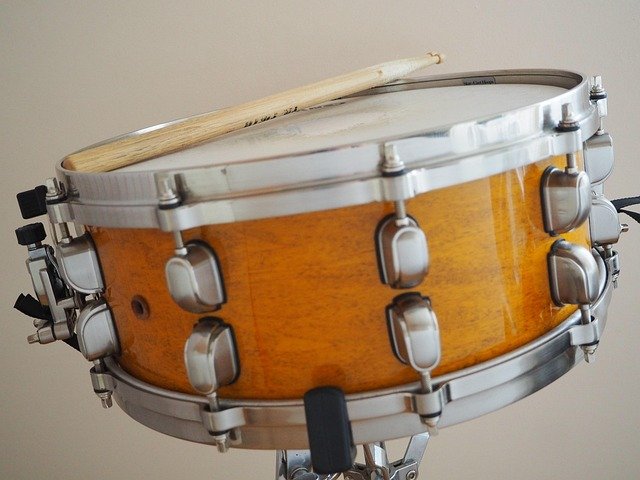
🥇 Introduction
The snare drum is one of the most important and recognizable instruments in the percussion family. Known for its sharp, crisp sound, the snare drum is the heartbeat of the drumline in marching bands, a key voice in drum sets, and a vital part of orchestras and concert bands. With its powerful "crack" and rhythmic role, it helps keep the tempo and adds dramatic accents in many styles of music.
🎶 What Is a Snare Drum?
A snare drum is a cylindrical drum with two drumheads—one on the top and one on the bottom—and tight wires called snares stretched across the bottom head. When the drum is struck, especially on the top head, the vibrations make the snares rattle, giving the drum its bright, buzzing sound.
The snare drum is used in many settings:
Marching bands
Concert bands and orchestras
Drum sets in rock, jazz, and pop music
Military and ceremonial performances
Because it can play rhythms loudly and clearly, the snare drum often leads the way in keeping time.
🧩 Parts of the Snare Drum
Though it may look simple, the snare drum has many parts that work together:
Drumheads – There’s a top head (batter head) where the drummer strikes and a bottom head (resonant head) that helps project the sound.
Shell – The hollow body of the drum, often made of wood, metal, or acrylic.
Snare Wires – Thin, coiled wires stretched across the bottom head that vibrate when the drum is played.
Snare Strainer (Throw-Off) – A switch that turns the snare wires on or off to change the sound.
Hoops (Rims) – Rings that hold the drumheads in place and are tightened with tension rods.
Tension Rods and Lugs – Used to adjust the tightness of the drumheads to tune the drum.
Drumsticks – The tools used to strike the drum, typically made of wood or plastic.
Each part plays a role in shaping the tone, volume, and feel of the snare drum.
⚙️ How Does the Snare Drum Work?
The snare drum works through vibration and tension. When the player strikes the top drumhead with a drumstick, the impact causes both heads to vibrate. The snare wires on the bottom head are also set into motion. They buzz and rattle, giving the snare drum its signature sharp, crisp sound.
Players can create different effects depending on how and where they hit the drum. Playing near the center produces a deep, focused sound, while hitting near the edge gives a lighter, brighter tone. Techniques like rolls, flams, and drags add variety and complexity to rhythms.
Using the throw-off switch, a drummer can turn off the snares, making the drum sound more like a tom (a drum with no snare wires).
📜 History of the Snare Drum
The snare drum’s roots go back hundreds of years to the medieval tabor, a two-headed drum used by soldiers. By the 1500s, it evolved into the side drum, used in military music for signals and marching. These early drums had ropes to tighten the heads and were often carried with a sling.
In the 1700s and 1800s, the snare drum became a standard part of orchestras. Composers like Beethoven and Tchaikovsky used it to add rhythm and drama to their works.
In the 1900s, the snare drum became a central part of the drum set, especially in jazz, rock, and pop music. Today, it’s one of the most played percussion instruments in the world—found in marching bands, schools, studios, and stadiums.
🥁 Famous Snare Drum Players
Many amazing drummers have used the snare drum to lead, inspire, and amaze:
Buddy Rich – Known for his incredible speed and skill on the snare drum
Ralph Hardimon – A legendary marching percussionist and drumline composer
Steve Gadd – Studio drummer famous for his precise and musical snare work
Sheila E. – A pop and Latin percussionist known for powerful drum solos
Neil Peart – Drummer for the band Rush, known for using snare in complex patterns
These drummers show how the snare can be both rhythmic and expressive.
🎶 Learning to Play the Snare Drum
The snare drum is often the first percussion instrument students learn. It teaches rhythm reading, stick control, and timing, all of which are essential for drummers.
Beginners start by learning how to hold the drumsticks, how to strike the drum properly, and how to read rhythmic notation. Practice usually includes rudiments—basic drumming patterns like rolls, paradiddles, and flams.
Snare drum students can join school bands, marching bands, and percussion ensembles. As they advance, they may play solos or become part of the drumline, where teamwork and precision are key.
😄 Fun Facts About the Snare Drum
Snare drums are called “snare” because of the snare wires underneath.
In marching bands, snare drums are carried with a harness and played while marching.
Some snare drums are made of steel, brass, maple, or even acrylic.
There are over 40 standard drum rudiments—short patterns used to build skills.
In orchestras, snare drums are used to mimic things like gunfire or thunder.
The snare drum is a must-have piece in every drum set.
👧 Kid-Friendly Summary
The snare drum is a cool drum that makes a sharp, buzzing sound. You hit it with sticks, and it has special wires on the bottom that rattle when you play it. You can play rhythms, fast rolls, and all kinds of fun patterns. Snare drums are used in school bands, marching bands, and even rock concerts. It’s one of the best instruments to start with if you want to be a drummer!
📚 Vocabulary Words
Snare Drum – A drum with wires on the bottom head that create a sharp, buzzing sound
Snare Wires – Thin metal coils stretched under the drum that vibrate when the drum is hit
Strainer (Throw-Off) – A switch that turns the snare wires on or off
Drumhead – The part of the drum that you hit with a stick
Rudiments – Basic drumming patterns that help build technique
Flam – A type of stroke where one stick hits just before the other
Paradiddle – A four-note pattern alternating right and left hands
Roll – A rapid series of hits that creates a sustained drum sound
❓ Interactive Quiz
1. What makes the snare drum’s buzzing sound?
A. Cymbals
B. Drumsticks
C. Snare wires ✅
D. Air holes
2. What is the part of the drum you hit called?
A. Shell
B. Drumhead ✅
C. Bell
D. Bocal
3. What is a flam in drumming?
A. A fast roll
B. A very loud hit
C. One stick hits slightly before the other ✅
D. A drum that catches fire
4. What family of instruments does the snare drum belong to?
A. String
B. Woodwind
C. Percussion ✅
D. Brass
5. Which famous drummer was known for incredible snare drum speed?
A. Mozart
B. Neil Peart
C. Buddy Rich ✅
D. Yo-Yo Ma


















































